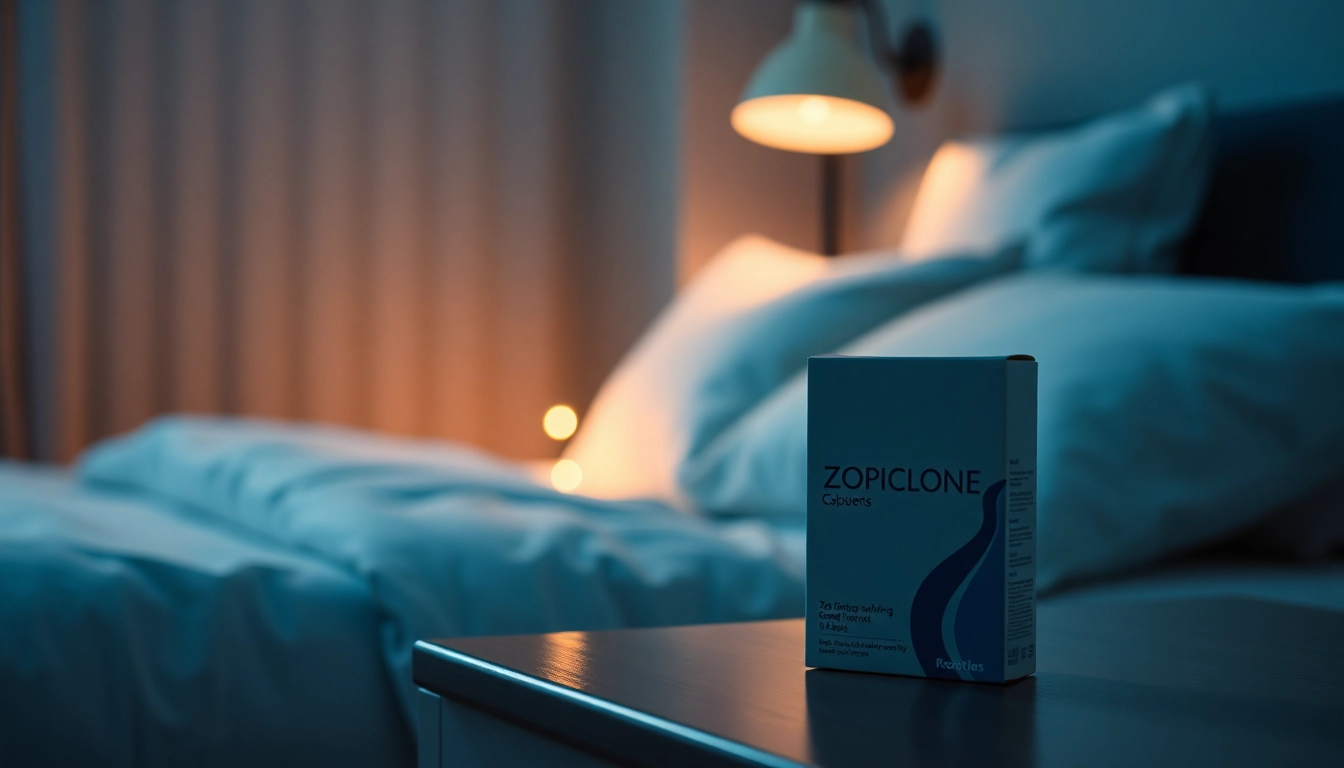What is Testosterone Replacement Therapy?
The Basics of Testosterone Replacement Therapy
Testosterone Replacement Therapy (TRT) is a medically supervised treatment designed to restore testosterone levels in men who are diagnosed with low testosterone, known as hypogonadism. The condition can result in a variety of symptoms, including decreased libido, fatigue, loss of muscle mass, and mood changes. This therapy aims to improve overall wellbeing and quality of life by administering testosterone in various forms, tailoring the approach to individual needs and preferences. Essentially, TRT seeks to normalize testosterone levels, addressing both physical and psychological symptoms associated with low testosterone.
Common Forms of Testosterone Replacement Therapy
TRT is available in several delivery methods, allowing for a personalized treatment approach. The most common forms include:
- Injections: Often administered every one to three weeks, testosterone injections provide a rapid increase in hormone levels. They can be given intramuscularly or subcutaneously.
- Patches: Transdermal patches are applied to the skin, releasing testosterone directly into the bloodstream over a 24-hour period. This method is easy to use but may cause skin irritation in some users.
- Gels: Testosterone gels are applied to the skin daily, offering a convenient option that absorbs quickly and helps maintain stable blood levels of testosterone.
- Pellets: Small testosterone pellets can be implanted under the skin, providing continuous hormone release over three to six months. This option requires minimal upkeep once placed.
Who Needs Testosterone Replacement Therapy?
Men diagnosed with low testosterone levels, particularly due to conditions such as primary or secondary hypogonadism, may benefit from TRT. Symptoms prompting an evaluation for TRT may include:
- Reduced sex drive
- Erectile dysfunction
- Fatigue and decreased energy
- Loss of muscle mass and strength
- Increased body fat
- Depression, irritability, or mood swings
It’s crucial to note that TRT is not recommended for men with normal testosterone levels and should only be considered following thorough medical evaluation.
Benefits of Testosterone Replacement Therapy
Physical Health Improvements with Testosterone Replacement Therapy
One of the primary reasons men seek Testosterone Replacement Therapy is to alleviate physical symptoms associated with low testosterone. Clinical studies demonstrate numerous benefits arising from TRT:
- Increased Muscle Mass: Testosterone plays a significant role in muscle protein synthesis. Studies indicate that men undergoing TRT experience substantial increases in lean body mass and muscle strength.
- Improved Bone Density: Testosterone supports bone health by promoting bone mineral density. Men on TRT often see a reduction in the risk of osteoporosis and fractures.
- Enhanced libido and Sexual Performance: Many men report significant improvements in sexual desire and functionality, addressing one of the most common symptoms of low testosterone.
- Fat Loss: TRT has been linked to reductions in body fat, particularly visceral fat, which is associated with higher risks of metabolic diseases.
Mental and Emotional Benefits of Testosterone Replacement Therapy
Beyond physical improvements, TRT can also contribute to enhanced psychological health. Many men report:
- Improved Mood: Lowered testosterone levels are often associated with depression and anxiety. TRT can lead to elevated moods and a general sense of well-being.
- Increased Energy Levels: Many patients on TRT experience increased vigor and reduced fatigue, leading to enhanced performance in daily activities.
- Enhanced Cognitive Function: Research indicates that testosterone may play a role in cognitive processes, with men undergoing TRT often reporting improvements in memory and concentration.
Long-term Outcomes with Testosterone Replacement Therapy
The long-term effects of TRT are still under active investigation, but emerging evidence suggests several promising outcomes:
- Cardiovascular Health: While earlier studies raised concerns regarding potential cardiovascular risks, current research shows that standardized TRT can improve cardiovascular parameters, including lipid profiles and arterial function.
- Overall Quality of Life: Many studies suggest that men undergoing testosterone therapy report significant improvements in their health-related quality of life measures, resilience, and social well-being.
- Potential Longevity Effects: While conclusions cannot yet be definitively drawn, there is ongoing research into the relationship between restored testosterone levels and decreased mortality rates in men diagnosed with low testosterone.
Risks and Considerations
Potential Side Effects of Testosterone Replacement Therapy
While TRT is beneficial for many, it may not be suitable for everyone, and potential side effects can occur. Common side effects include:
- Acne or oily skin
- Increased red blood cell count, which may lead to a higher risk of blood clots
- Sleep apnea or disturbed sleep patterns
- Prostate enlargement or increased risk of prostate cancer
Contraindications for Testosterone Replacement Therapy
TRT is not recommended for men with certain health conditions, including:
- Prostate cancer or known prostate-specific antigen (PSA) levels greater than normal
- Severe urinary tract symptoms caused by prostate enlargement
- Heart disease or history of heart attacks without appropriate medical evaluation
- Known sleep apnea not treated or controlled
Consultation with a qualified healthcare provider is essential to assess any contra-indications before starting TRT.
Important Health Monitoring During Testosterone Replacement Therapy
Individual monitoring is crucial during TRT to ensure safety and efficiency. Regular assessments should include:
- Periodic blood tests to monitor testosterone levels, hematocrit, and prostate health
- Cardiovascular assessments, particularly in men with existing heart conditions
- Regular evaluations for mood and mental health, tracking any psychological changes
The Process of Getting Started with Testosterone Replacement Therapy
Consultation and Evaluation for Testosterone Replacement Therapy
Initiating TRT begins with a comprehensive health assessment, including:
- A thorough medical history to identify any prior health issues
- Physical examination to evaluate testosterone-related symptoms
- Blood tests to confirm low testosterone levels, usually involving multiple tests to account for daily fluctuations.
Establishing Treatment Goals with Testosterone Replacement Therapy
Once low testosterone is confirmed, healthcare providers work with patients to establish clear treatment goals:
- Identifying specific symptoms to address, such as fatigue or decreased libido
- Setting measurable goals, including desired improvements in mood, energy levels, and sexual function
- Discussing expectations regarding timelines and indications for reassessment.
Insurance and Costs of Testosterone Replacement Therapy
The costs associated with TRT can vary widely depending on the delivery method, frequency of administration, and patient insurance coverage. It’s crucial to:
- Verify with insurance providers what aspects of TRT are covered.
- Discuss options for generic versus brand-name medications.
- Consider potential out-of-pocket expenses, like consultation fees and labs.
Frequently Asked Questions About Testosterone Replacement Therapy
Is Testosterone Replacement Therapy Safe for Everyone?
TRT is not universally safe and should be approached cautiously. Only those diagnosed with low testosterone levels and evaluated for related medical conditions should consider it. Regular monitoring and consultation with healthcare professionals are essential to ensure safety.
How to Assess the Effectiveness of Testosterone Replacement Therapy
Effectiveness of TRT can be assessed through:
- Regular blood tests to monitor testosterone levels
- Symptom tracking via standardized questionnaires
- Patient feedback on physical and emotional improvements
What Happens If You Stop Testosterone Replacement Therapy?
Discontinuing TRT can lead to a return of low testosterone symptoms. Patients should consult their healthcare provider before making any changes to their treatment regimen, as tapering or transitioning to other therapies may be necessary for managing testosterone levels effectively.



